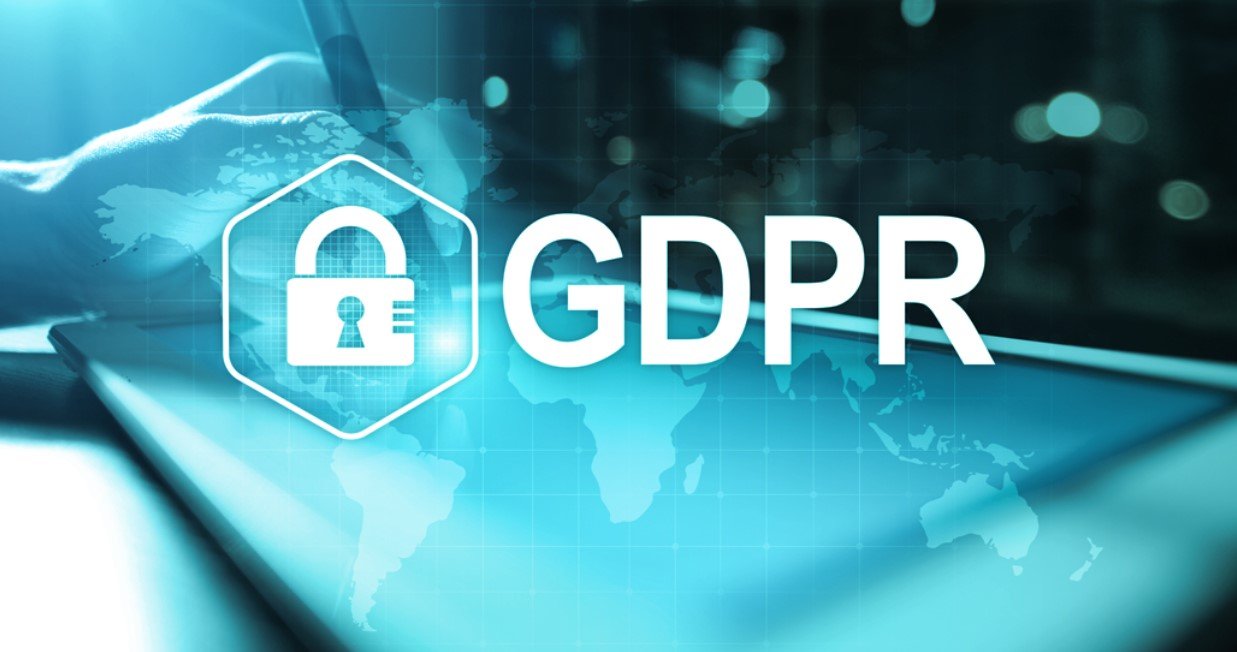In an era where digital footprints are as significant as physical ones, understanding the intricacies of data consent has become paramount. The recent focus on user data rights has spotlighted the mechanisms through which companies collect, store, and utilize personal information. The current landscape of digital consent, exploring the balance between user privacy and the data-driven demands of the modern web.
The Evolution of Consent
The concept of digital consent has undergone a transformation, especially with the introduction of regulations like GDPR and CCPA. These frameworks have shifted the power dynamics, placing the control back into users’ hands. Companies are now required to obtain explicit permission before processing personal data, marking a significant step towards transparency.

The historical context of digital consent, outlining the laissez-faire attitude that prevailed before the advent of stringent regulations. The current consent landscape, emphasizing the global impact of these laws. The response from corporations, noting both compliance efforts and challenges faced.
User Empowerment through Transparency
Transparency is the cornerstone of user empowerment in the digital age. With detailed consent forms and clear privacy policies, individuals are better equipped to make informed decisions about their data. This shift towards openness not only fosters trust but also encourages a more conscientious approach to personal data management.
The focus could be on the importance of clear communication between companies and users, illustrating how transparency can build trust. The tools and resources available to users, such as consent management platforms. The broader implications of transparency for online behavior and data sharing practices.
The Future of Digital Consent
As technology continues to advance, the conversation around digital consent is bound to evolve. Emerging technologies like AI and machine learning present new challenges and opportunities for managing user data. The future landscape will likely be characterized by a dynamic interplay between innovation and regulation.
The potential changes in consent mechanisms due to technological advancements. The ongoing dialogue between regulators, tech companies, and privacy advocates. Digital consent is seamlessly integrated into the user experience, balancing convenience with control.



































